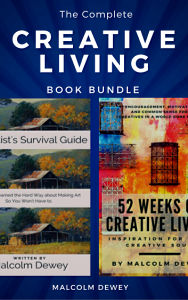|
What are oil painting mediums and should you be using them? In this article I will be explaining what oil painting mediums to use and when to use them. Also sharing a few recipes for making your own painting and glazing medium. Be sure to watch the in depth video too. Let’s dive into the mysterious world of oil paint mediums.
What is a Painting Medium?
A medium is a liquid that is added to your oil paint in order to change the performance of the oil paint in some way. Why use an oil medium? Artists use oil mediums for two main reasons:
Another category, which I will talk about a bit more later on, is to use a glazing medium for certain painting techniques . Fat over lean It's important to remember the concept of painting fat over lean. Fatty paint contains more oil. Lean paint has the oiliness reduced usually by adding a solvent of some sort. In practice this means that you are painting with more oil in the paint (fat) over layers with a smaller amount of oil in the paint (lean). The typical example is starting a painting with a very thin or diluted layer of oil paint to block in the big shapes. You will then go over this layer with a thicker, oilier layer of paint. Maybe even another layer or two over that with thicker layers. Avoid Cracking Paintings The importance of fat over lean is to avoid your paintings cracking as they dry. If you start with a thick layer and then paint a thin layer over the thick oily layer you are risking a cracked painting surface. The top layer is going to dry before the bottom layer and with time the top layer is going to crack. A painting dries from the lower layers to the surface of the painting. Therefore the lower layers need to dry first and top will be the last layer to dry. This even trying sequence will ensure that your painting does not end up cracking. This is only a problem for oil painting. Acrylic paints are not going to crack . Follow a Process So always start off your painting with a little medium in your oil paint, if necessary, to create a thin layer for a quick blocking in stage. You can let this first layer dry or go over it wet into wet with a thicker, oilier layer. See the demonstration in the video below.
What Oil is Used?
What makes oil paint oily? In most oil paints linseed oil is the binder holding the pigment together. In more expensive white paint the binder may be safflower oil as this oil has less of a tendency to yellow over time. Popular types of mediums The most commonly used mediums include linseed oil, artists white spirits and turpentine. However, as I will explain later, turpentine should be avoided as a medium and should be used only to clean your brushes at the end of the day. See the cleaning process in action. Various paint manufacturers have popular varieties of mediums such as Winsor and Newton’s Liquin medium and Gamblin with Gamsol. These are all proprietary formulations that aim to alter the performance of the oil paint as described above. Some of these mediums are in a gel form and may help to bulk up the paint slightly for impasto painting. The idea is to bulk up the paint without losing the vibrancy of the colour. Of course you can only take this so far. Be careful of reducing the structure and vibrancy of your paint with too much medium. I always say try more pigment before more medium. What mediums do I use? I will use a little artist’s white spirits (odourless) for an initial loose block in. Also to help me draw out a composition in big strokes of paint. From this point onwards I seldom use any more mediums. I still recall the advice I received from a professional artist many years ago when I asked him what mediums he used with his oil painting. He told me that he did not use any mediums at all. He went on to explain that mediums broke down the vibrancy or lustre of the oil paint. These days all paint manufacturers produce paint that is ready to use straight out the tube without any medium required. Occasionally you will find a cheap paint or one that may be old and has turned a bit firm or pasty. Some cheap paints will contain too many binders and fillers and the paint may have the consistency of toothpaste instead of a fine buttery texture. But for the most part good quality student paints are very easy to use straight out the tube. I took this advice to heart and I use very few mediums. Almost all my paints are simply mixed straight out the tube with whatever other colours I need. I also apply the paint generously to the canvas instead of in thin glazes. This approach has served me very well and is one of the reasons why I often receive comments about the colourful appearance of my paintings. My approach is to keep the paint as saturated as possible. I only reduce the saturation using a white paint to tint the colour. Mixing in other colours to get a more accurate hue, but avoiding mediums which dilute the paint. Excessive Solvent Mediums It is easy to see where artists have used too much spirits or turpentine in their paint. The result is a flat, lifeless, dry looking paint. The only way to remedy such a painting is to let it dry completely and start again . Use Bristle Brushes Another factor that makes it easy to use paint straight out the tube is to use a good bristle brush. A good quality long flat bristle brush will enable you to pick up the paint easier and apply the paint to the canvas. If you use a sable brush or a soft synthetic brush with thick oil paint you will struggle to lift up the paint and apply the plant. Soft bristles will bend too much and will not be able to handle thick paint. See my review of bristle brushes here. Many beginners think that they need to add more mediums to the paint to make it very soft and almost runny in order to handle the paint. But the problem is that they are using the incorrect brush for the technique that they want to employ. If you want to paint with glazes in an old master tradition then of course using an appropriate glazing medium and sable brushes will make this possible. For an impressionist approach good bristle brushes are the only option.
Linseed oil
I will sometimes use a little linseed oil to soften up paint if I find that it is too pasty or has dried slightly on the palette. But when doing this only use a few small drops of linseed oil and then manipulate the oil into the paint with a palette knife until you get the buttery consistency you require. If you use too much linseed oil, the paint becomes too fatty and it will dry with ripples on your canvas. The only thing to do in that case is to scrape it all off with a sharp palette knife. Make Your Own Painting Medium Instead of purse linseed oil use a painting medium. A recipe for a general-purpose painting medium is to mix equal parts linseed oil and white spirits. You can mix a little bit of this as you require or you can mix a jar for later use. You can see how to make this in the video below . Glazing Medium Glazing is a technique where an amount of transparent paint is mixed with a glazing medium and then applied with a soft brush in thin layers over dry paint. The purpose of the glaze is too either manipulate the hue or to improve the richness of a colour. This effect is most prominent with Old Master paintings. For example take a look at a Rubens painting. It is important to apply each glaze over a dry surface. In the video I demonstrate how I use Indian yellow to warm up certain colours and to create a richer green foliage colour . A recipe for a glaze is one part damar varnish and one part linseed oil with approximately four parts white spirits. However apply the white spirits cautiously and test the consistency of the glaze to determine how diluted you want the glaze to be. Of course the easiest option is simply to purchase a glazing medium made by a reputable paint manufacturer. Not a cure for every problem Mediums should, I believe, be used only in circumstances were absolutely essential. You want to keep the paint strong and vibrant and not break it down chemically with the use of a solvent. If you reduce the volume of mediums used in your painting you will notice richer colour and a more vibrant and satisfying result. If necessary change your brand of paint until you find a good quality paint that has a buttery consistency. For a loose and impressionist style of painting it is more important to apply thick layers of paint over your initial thin layer and build up layers using the principle of fat over lean. Use a good-quality bristle brush and the results should be much better for you. Excessive use of mediums is also a waste of money that could be better spent on paint or brushes. I hope that this has helped you understand the main uses of mediums in oil painting. Be sure to watch the video too. Subscribe to my YouTube Channel for more: Pin for later ... |
AuthorMalcolm Dewey: Artist. Country: South Africa Archives
June 2024
Categories
All
FREE
|
|

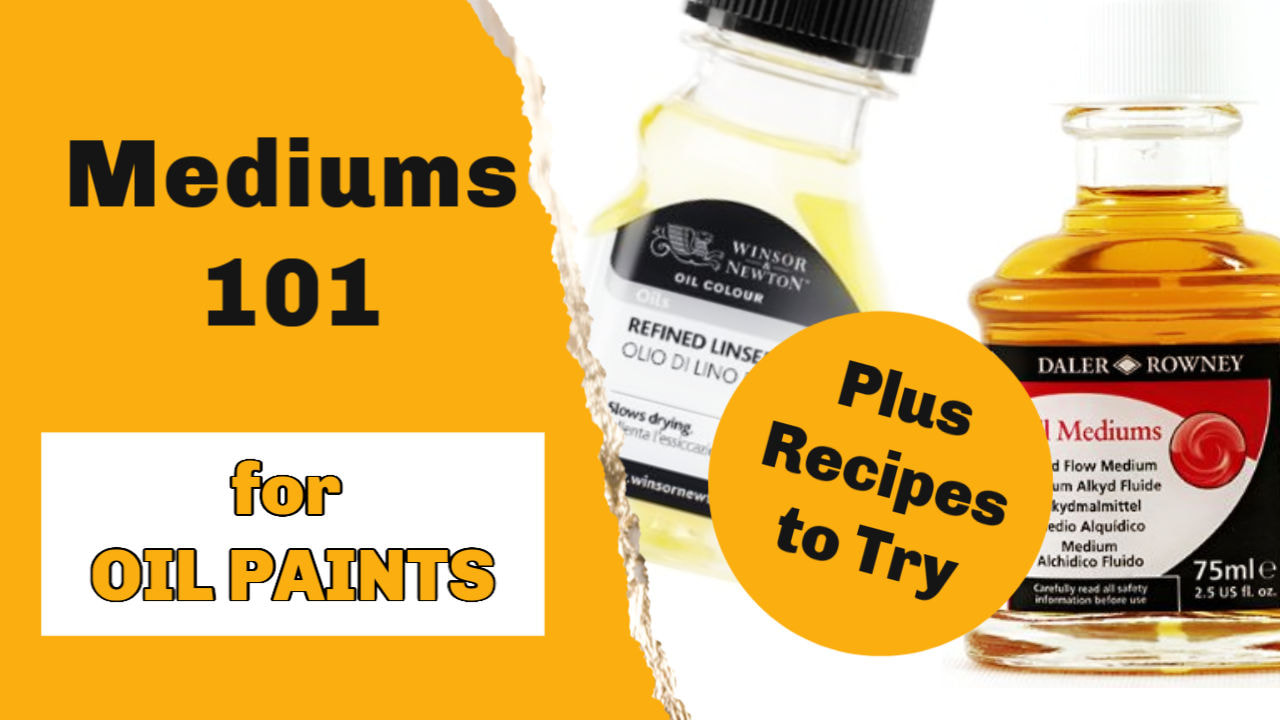
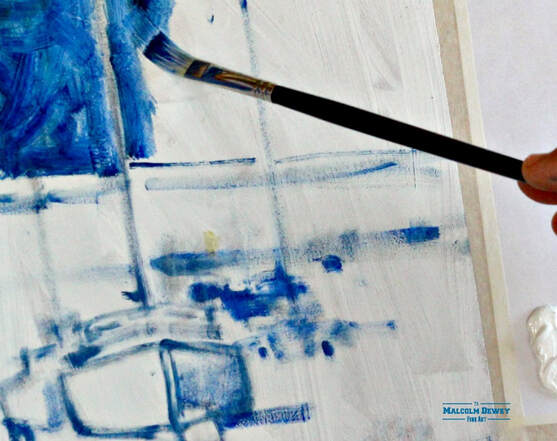
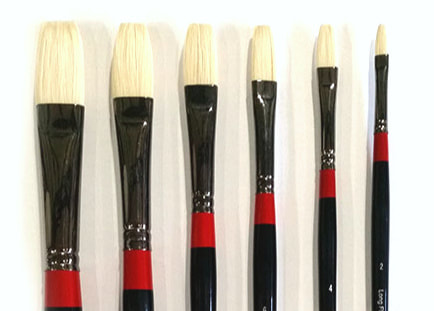
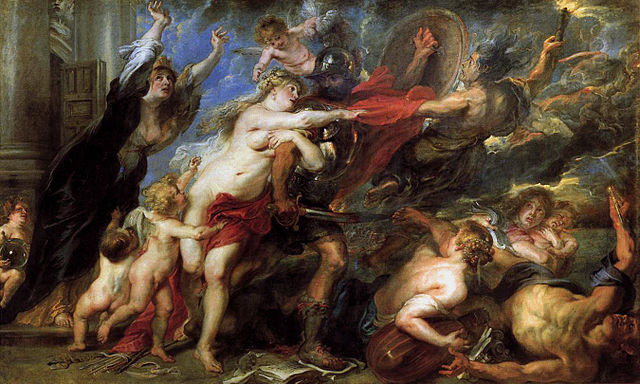
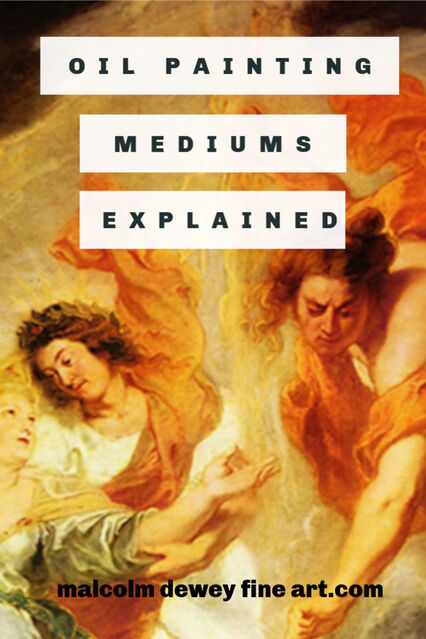
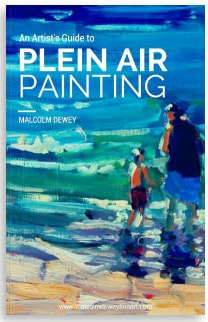
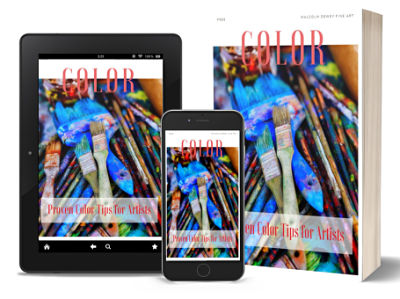
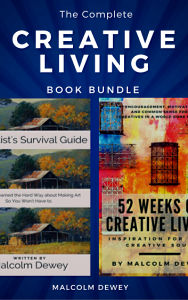
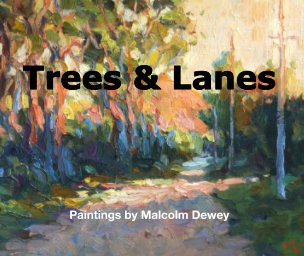


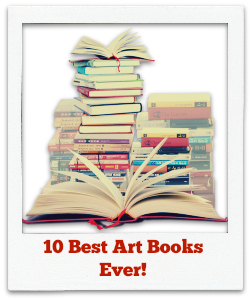
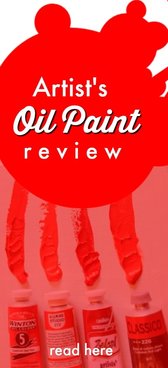
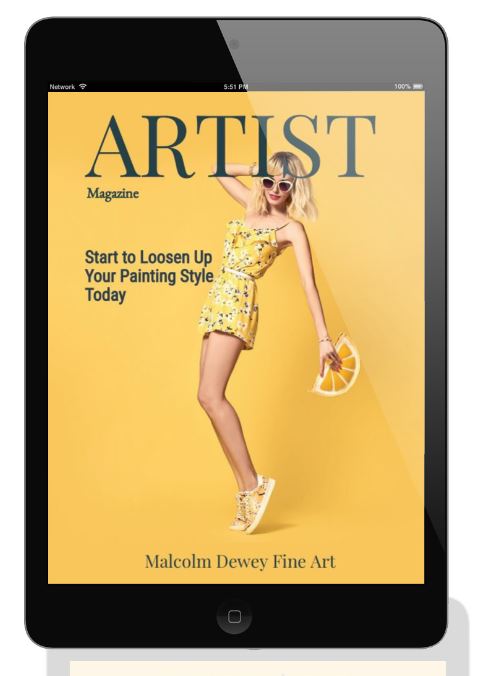
 RSS Feed
RSS Feed

